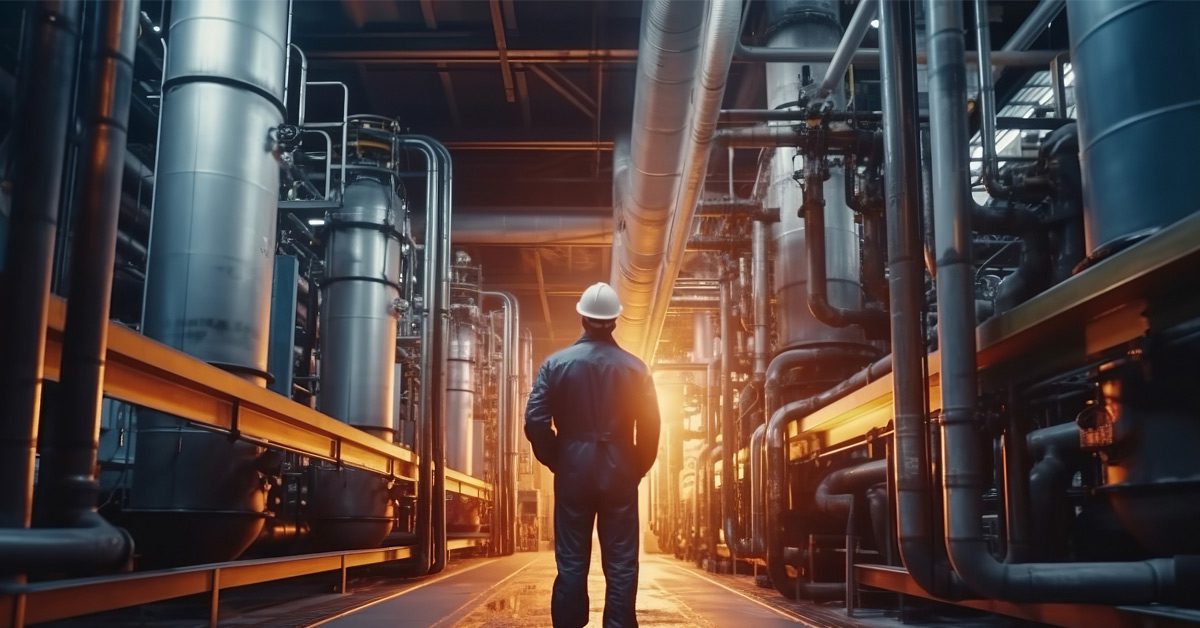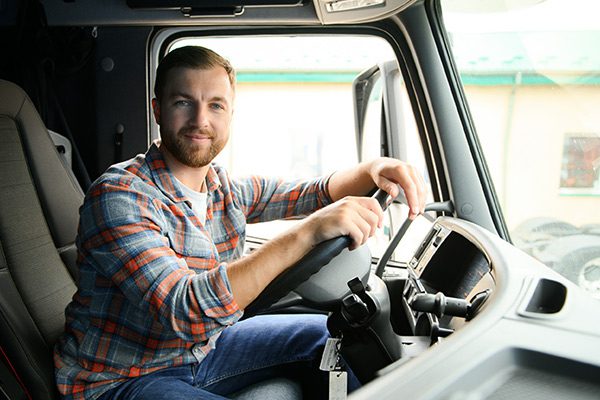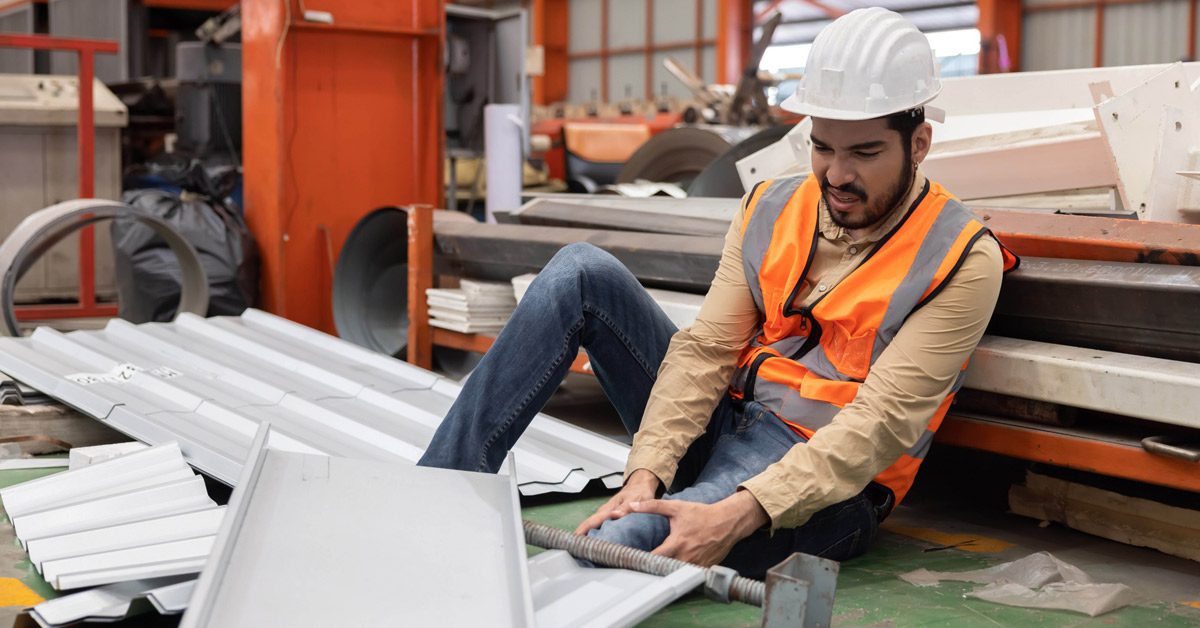In the 21st century, companies are prioritising environmental protection now more than ever. Reducing carbon footprints, particularly in the manufacturing industry, has become a global goal. In 2019, waste totalled approximately 6 trillion pounds worldwide. This is why the focus is on reducing waste in manufacturing:
- Overproduction
- Defects
- Waiting and wasted time
- Excess inventory
- Extra processing
Green manufacturing is an increasingly attractive and productive process for sectors such as food and drink production, paper, printing and textiles. In this article, we will outline and discuss the top 5 challenges when switching to green manufacturing for your company.
1. Market uncertainties
As we have discussed in previous posts, working in the manufacturing sector can be very physically demanding. However, there are some factors that are beyond the control of both you and your employees.
The first is uncertainties in the markets. Post 2020, the main focal points have been Brexit trade barriers and global supply chain issues or delays, especially during the COVID-19 pandemic. Small and medium-sized companies are concerned about the cost of goods and fluctuating prices. These factors can create uncertainty and be an obstacle for those with limited financial resources.
2. Switching from fossil fuels to renewable energy sources
Fossil fuels are one of the top contributors to global carbon emissions. While traditionally relied upon by many sectors in the industry, it can be difficult to make the switch to more renewable options. The four main types of clean energy sources are:
- Wind (windmills, turbines and pumps)
- Solar (panels, heaters, cookers and ventilation systems)
- Biomass energy (plant materials and natural resources)
- Hydroelectric (dams, pumps, turbines and storage and drop systems)
It has taken a considerable amount of time to develop the necessary technology to produce this type of clean energy in large quantities. Moreover, most of the available machinery and systems are designed to run on fossil fuels. Some of the main problems manufacturing companies face when switching fuel sources to clean energies are high initial cost of installation, lack of knowledge and awareness, lack of infrastructure, necessary land to set up the new machinery or equipment and overcoming energy barriers and storage capabilities.
3. Transport barriers
More food and beverage production will be required to feed a rising global population. However, the ways in which we produce and transport these goods should be carried out in an ultra-efficient way in vehicles that can reduce pollution and harmful emissions, especially in big cities.
Transitioning to new transport workflows and infrastructure can be challenging. It is important to find a solution that integrates seamlessly with your existing operations, ideally reducing the time spent on smaller, low-value tasks and allowing your staff to focus on developing a more productive and sustainable framework.





